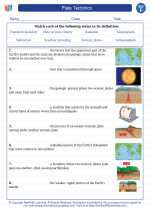Formation of Coastlines
Coastlines can be formed through various processes, including tectonic activity, erosion, sediment deposition, and sea level changes. Tectonic activity, such as the movement of tectonic plates, can lead to the formation of coastal features like cliffs, sea stacks, and arches. Erosion by the action of waves, currents, and wind can carve out coastal landforms, while sediment deposition can create beaches, spits, and barrier islands. Sea level changes, influenced by factors like glacial melt and tectonic movements, also play a role in shaping coastlines.
Forces Shaping Coastlines
Several forces act to shape coastlines, including wave action, tides, currents, and weathering. Waves can erode the coastline through processes like abrasion and hydraulic action, while tides and currents contribute to sediment transport and deposition. Weathering, including mechanical and chemical processes, can also impact coastlines by breaking down rocks and reshaping the land.
Impact of Coastlines
Coastlines have a significant impact on the environment, biodiversity, and human activities. They provide habitats for various marine species and play a crucial role in regulating climate and supporting ecosystems. Additionally, coastlines are important for human activities such as fishing, shipping, tourism, and recreation. However, they are also vulnerable to natural hazards like erosion, storms, and sea level rise, which can pose risks to coastal communities and infrastructure.
Study Guide
To study coastlines effectively, it is important to understand the various processes involved in their formation and the forces that shape them. Here are some key concepts to focus on:
- Describe the formation of different coastal features, such as cliffs, beaches, and barrier islands.
- Explain the role of erosion, deposition, and weathering in shaping coastlines.
- Analyze the impact of human activities on coastal environments and the measures taken for coastal management and conservation.
- Discuss the influence of climate change on coastlines, including sea level rise and its implications.
[Coastlines] Related Worksheets and Study Guides:
.◂Science Worksheets and Study Guides Sixth Grade. Plate Tectonics

 Worksheet/Answer key
Worksheet/Answer key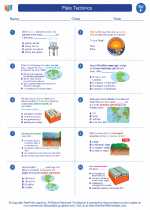
 Worksheet/Answer key
Worksheet/Answer key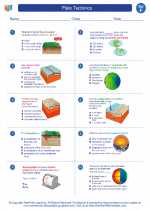
 Vocabulary/Answer key
Vocabulary/Answer key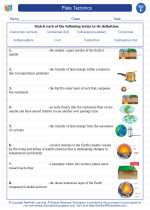
 Vocabulary/Answer key
Vocabulary/Answer key
 Vocabulary/Answer key
Vocabulary/Answer key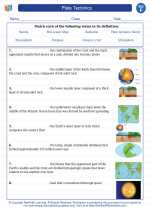
 Vocabulary/Answer key
Vocabulary/Answer key